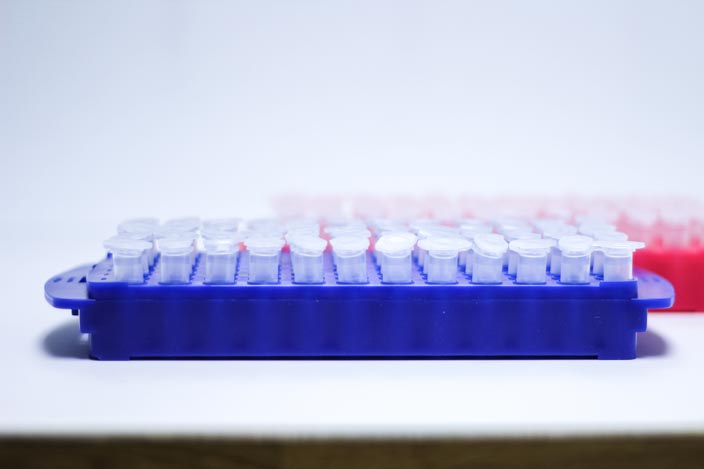When scientists are developing new drugs, it is important to pay attention also to the drug biotransformation products forming in the body (i.e. metabolites) for a number of reasons. This blog post aims to elucidate what metabolite identification (metID) and profiling is about.
During the drug development process, the first reason to identify metabolites is that the compound can be structurally optimised for its metabolic clearance when the main structural moieties liable for metabolic reactions, i.e. metabolic soft-spots, are known. Secondly, the metabolism may be different in human than in preclinical animal species used for early pharmacokinetic evaluations, meaning that understanding of metabolic interspecies difference are important to predict human pharmacokinetics based on results from animals. Similarly, as the metabolites may be pharmacologically or toxicologically active, it is of the importance that also safety of the metabolites is evaluated, meaning that one needs to confirm that animals used for preclinical toxicological studies have been exposed to the same metabolites as human. Yet, one reason to identify drug metabolites is the drug-drug interaction (DDI) evaluation, as the related regulatory guidelines do require identification and synthesis of metabolites with systemic concentrations over certain threshold criteria for separate DDI evaluations.
When planning an in vitro metID experiment, it is important to consider the optimal enzyme source (e.g. liver microsomes or S9 fraction or pooled hepatocytes), test concentrations, required cofactors and incubation time – basically the same points which are important when investigating metabolic stability (clearance). Most often hepatic metabolism is investigated, but it is good to keep in mind that biotransformations take place also in other tissues, e.g. intestines, kidney or blood. If the target is also to evaluate in vitro clearance from the same experiments, the test concentrations should be kept low to avoid saturating the metabolic rates, but if you are aiming only for metID, then the test concentrations may be increased to enable perhaps a higher quality data. Worth noticing is that use of suitable analytical instrumentation allows performing first metabolic stability, and then the metID work later simply by using the very same data.
After the incubations have been conducted, it is time to analyse the samples. A modern and common approach is to use UHPLC/high-resolution-MS (HR-MS), with a high detection sensitivity and specificity, collecting data from all expected and non-expected metabolites at the same time, without need to predict metabolites for classical MS/MS data acquisition mode. After the samples have been analysed, the scientist sits down with the data. A specific software is used for mining the data to identify the metabolites, their abundances, and the biotransformation reactions and their sites to understand the major metabolic routes. Typically, the sample data is compared with a negative control, which reveals the signals present only in the actual sample. LC-MS based metabolite profiling gives semiquantitative information about the relative abundances of the metabolites in comparison to the parent compound in the sample. A fully quantitative metabolite profile can be obtained when radiolabelled compounds are used, typically at the later stages of the drug development projects.
Finally, one needs to have a look at the results and consider the next steps of the project. Depending on the study set up, the results can be used, e.g. to guide selection of suitable rodent and non-rodent species for toxicity studies or to support the risk evaluation of drug-drug interactions or adverse toxic reactions. At late stage, samples from animal and human studies are evaluated and compared for their metabolite profiles, when those are available, to fully understand the metabolic fate of the compound. There are regulatory guidelines giving recommendations for several aspects around this theme, and it is good to be familiar with those.
If you want to read more about in vitro metabolism related ADME research, why wouldn’t you have a look at the e-book, written by Admescope’s experts on the topic. And don’t hesitate to get in touch with experienced biotranformation scientists to discuss how to find answers to the metabolism related questions of your project.
Written by Miia Kovalainen

